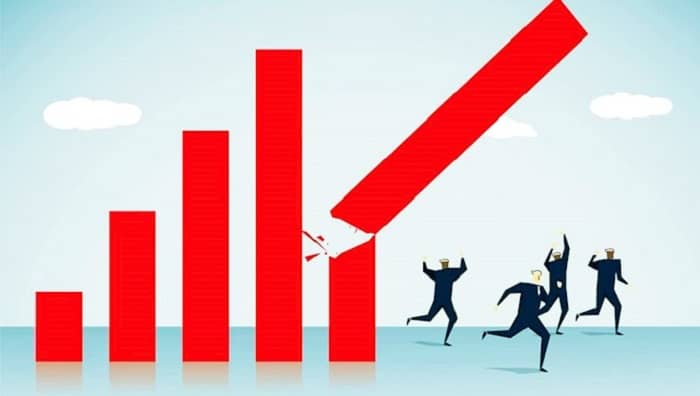
By Jubin Katiraie
Iran’s disorganized economy, without any bright future and positive change, has for years lacked the capacity for change. Now even the state-run media have lost their patience and cannot embellish it anymore. The state-run Mashreq daily on Friday, September 4, acknowledged that Iran’s President Hassan Rouhani and its government have hit all the negative records in the economy. It wrote:
“The longest negative economic growth of the last three decades was in the Rouhani government. In the twelfth government, the country’s economy has experienced negative growth for eight consecutive seasons. The report of the Statistics Center shows that in the twelfth government, the country’s economy has faced negative growth for eight consecutive seasons, which is the first time in the last three decades that such a long period of negative economic growth has occurred in our country.
“Also, according to the Statistics Center, since the beginning of the ninetieth until now, our country has been accompanied by negative economic growth in 30 seasons, 12 of which occurred in the Rouhani government (four seasons in the 11th government and eight seasons in the 12th government).
“With this catastrophic performance, it is recommended that the officials of the Twelfth Government be more careful in their comments to the critics. At the same time, with this negative record, Mr. Rouhani’s advice to compare the performance of his government with the previous government will definitely be to his detriment.”
Mansour Gholami, the Minister of Science and Technology of Rouhani’s government, while pointing to the decrease in the presence of students in the country, referring to the widespread unemployment of graduates, acknowledged: “Statistics show that since 2017, more than 60% of university graduates have been employed at the undergraduate level, and the number of employees at the postgraduate level has been more than 70% and at the doctoral level 90%.
“We are concerned about 40% of undergraduates, 30% of postgraduates, and 10% of unemployed PhDs who are currently unemployed, while most of the unemployed undergraduates in the country are women.”
Referring to the decrease in student enrollment in the country, he said: “In previous years, the number of students in the country was more than 4.5 million, but with a declining trend, now the number of students in the country has reached 3.5 million.”
Mohammad Reza Poorebrahimi, head of the Economic Commission of the parliament, revealed during the infightings that the Edalat shares of 20 million people who were eligible to receive these shares had been looted.
“The information we got from the situation of the people involved led us to data that is very disturbing. About 1.2 million people under the auspices of the Relief Committee have no Edalat share! About 2.1 million are not covered by the welfare organization have no Edalat share! This can also be continued. The 20 million people in the six deciles of the society I cited as an example have the right, but they have not the Edalat share.” (State TV Channel 5, September 5)
About the value fall of the national currency, Heidar Mostakhtemin, the former Deputy Governor of the Central Bank of Iran, said: “From the beginning of 1979 onwards, the closer we get to the present, the more the value of the national currency has fallen, so that its number in the last 10 years is not comparable to the whole time of the previous period, also, this decrease in the last five years is not at all comparable to the whole years of the last half-century.
“In the last half-century, until 2019, the value of the national currency has decreased by seven thousand times. According to statistics, the devaluation of the national currency was 3,500 times until 2018, but last year it increased to 7,000 times, which indicates a very terrible figure, which is a very bad thing for the country’s economy.” (Radar Eghtesad website, 5 September)
Read More:


